
In Nuremberg, there is some modern architecture inside the medieval town walls. As a result, the glass façade of the Neues Museum reflects the city wall like a mirror. By the way, the museum shows pieces of contemporary art and design.
You only see what you know (Goethe)

In Nuremberg, there is some modern architecture inside the medieval town walls. As a result, the glass façade of the Neues Museum reflects the city wall like a mirror. By the way, the museum shows pieces of contemporary art and design.
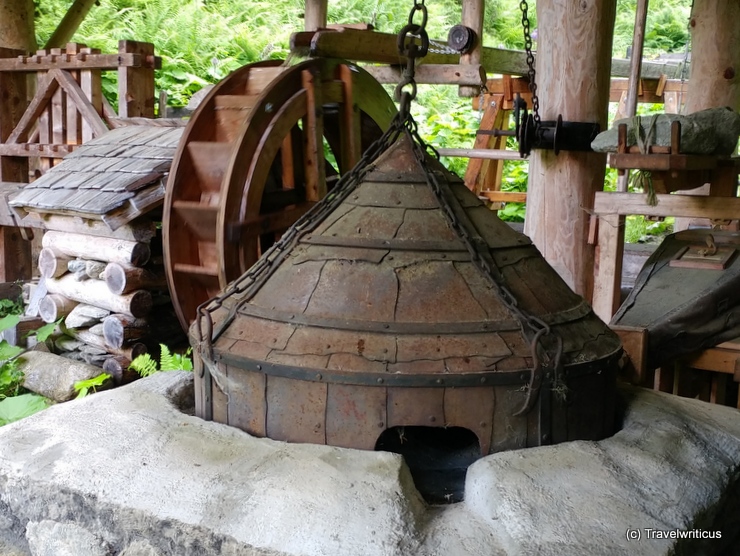
The Knappenwelt (Pitmen’s World) in Angertal is an open-air museum about the late medieval gold and silver smelting in the Gasteinertal area. It is a station of the Via Aurea, which focuses on gold mining in the Austrian Tauern mountain ranges. [German]
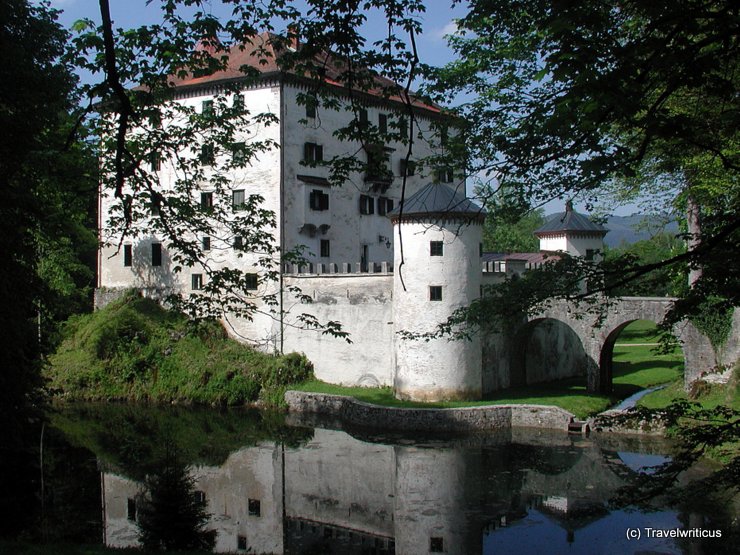
Snežnik Castle (Grad Snežnik) was first mentioned in 1268. I was especially impressed by the complete interior furnishing of the late 19th century. So, this place gave me a good impression of the noble lifestyle in that period. [German]
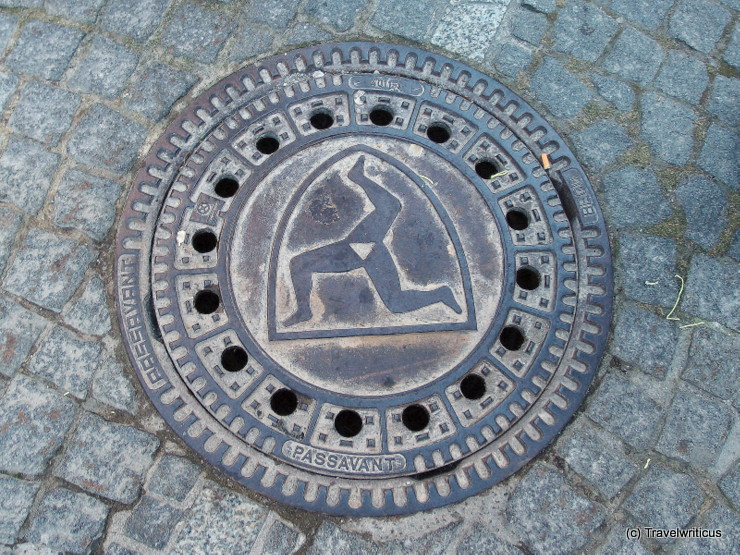
On the manhole covers in Füssen, you see the local city arms showing three legs. This is a fine example of canting arms. The German word for feet is “Füsse”. But why sounds this Bavarian town name like a body part?
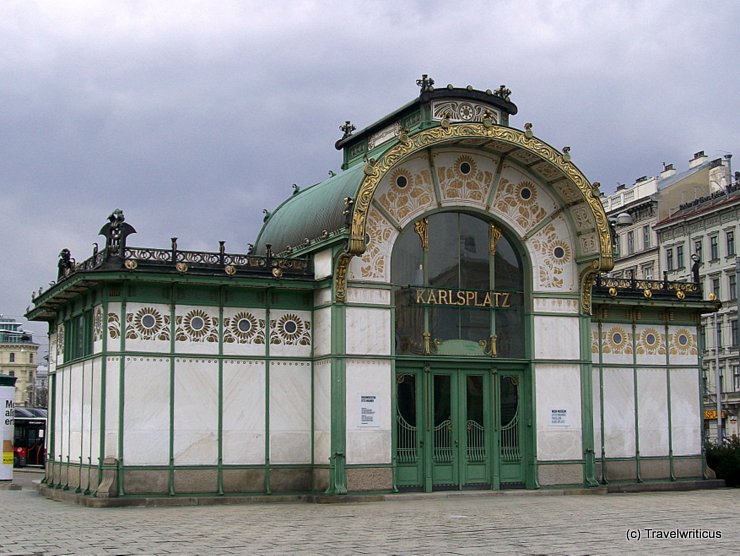
This Art Nouveau pavilion dates back to 1898. Architect Otto Wagner designed it as a station building for the Viennese Metropolitan Railway (Wiener Stadtbahn). Today the Otto Wagner Pavillon houses a museum about this famous urban planner.
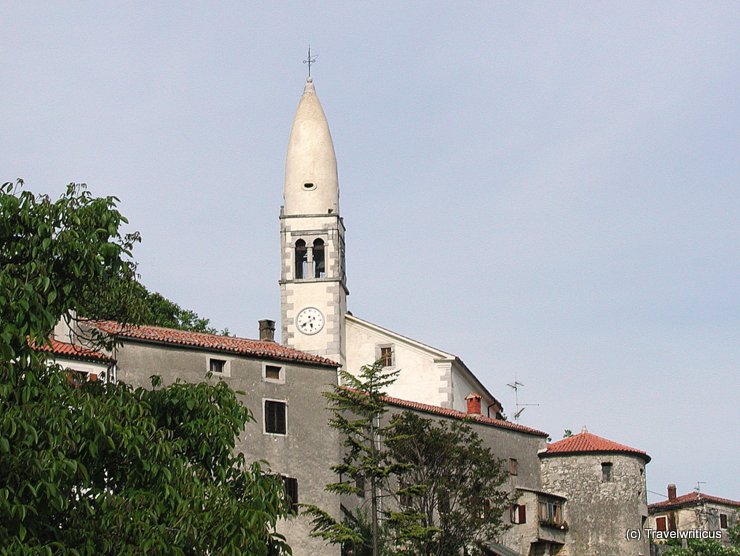
St Daniel’s Church in Štanjel was built in the 15th century as the burial vault of the Counts of Cobenzl. I especially like the church for the shape of its steeple. Štanjel also offers a beautiful garden named Ferrari Garden (Ferrarijev vrt). [German]

The Zwehrenturm in Kassel was a medieval tower within the city’s fortifications, serving as both a prison and an observatory over the centuries. The sundial on the Zwehrenturm dates from the 18th century. [German]

The castle above the mouth of the Paznaun in the Stanzer Valley dates back to the 13th century. Several of today’s structures result from a renovation at the beginning of the 20th century. In May 1945, parts of the German Wehrmacht surrendered to American troops after negotiations in this castle. [German]

The port of Pula was the main base of the Austro-Hungarian Navy until 1918. An impressive trace to this time forms the k.u.k. Naval Cemetery of Pula. The place in today’s Stoja district dates back to 1862. [German]
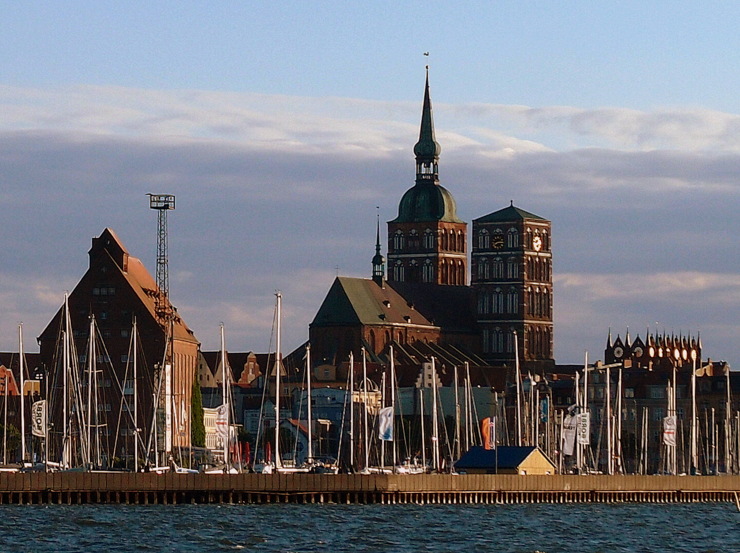
While cruising the Strela Sound with a snug sailing boat, I took this photo of the St. Nicholas Church (Nikolaikirche) in Stralsund. The church offers not only two different towers but also an astronomical clock.
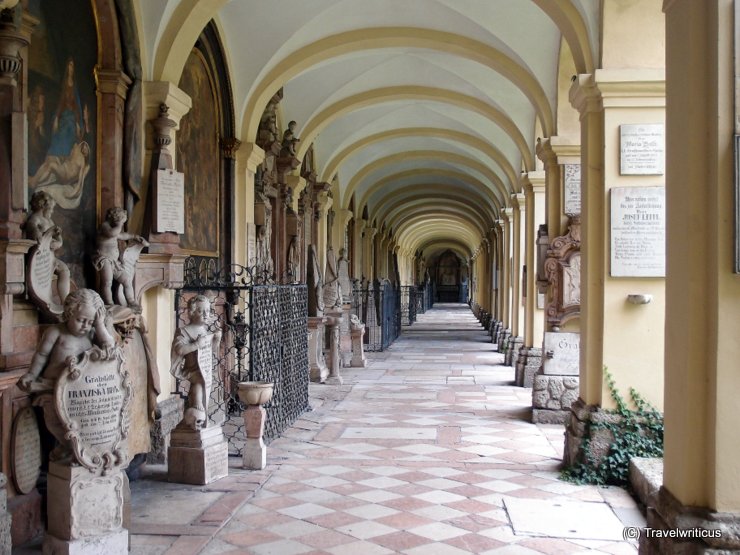
The Sebastian’s Cemetery (Sebastiansfriedhof) dates back to the end of the 16th century. It was built in the style of an Italian campo santo. You find here the graves of Mozart’s widow and Paracelsus, founder of the discipline of toxicology. [German]
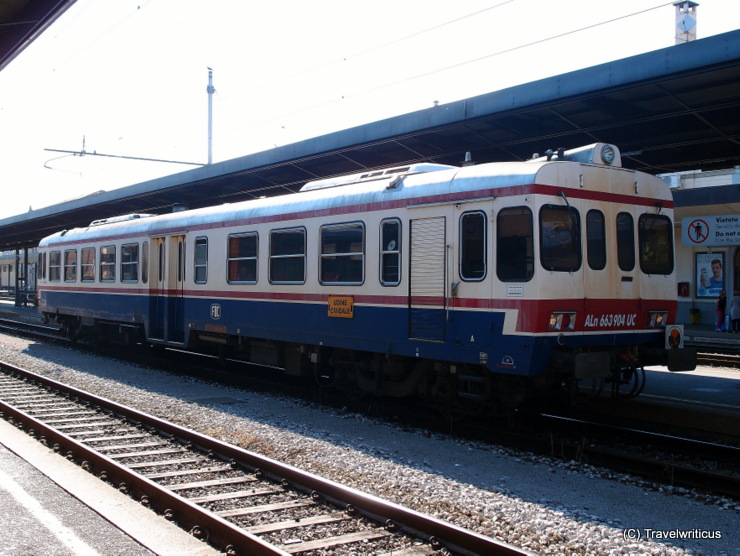
While I waited for my connection train in Udine, a classic diesel rail car stopped nearby. It was one of the Class FS ALn 663. Fiat Ferroviaria built these cars in the years 1983 – 1993. The depicted rail car ran for the line Udine – Cividale del Friuli.